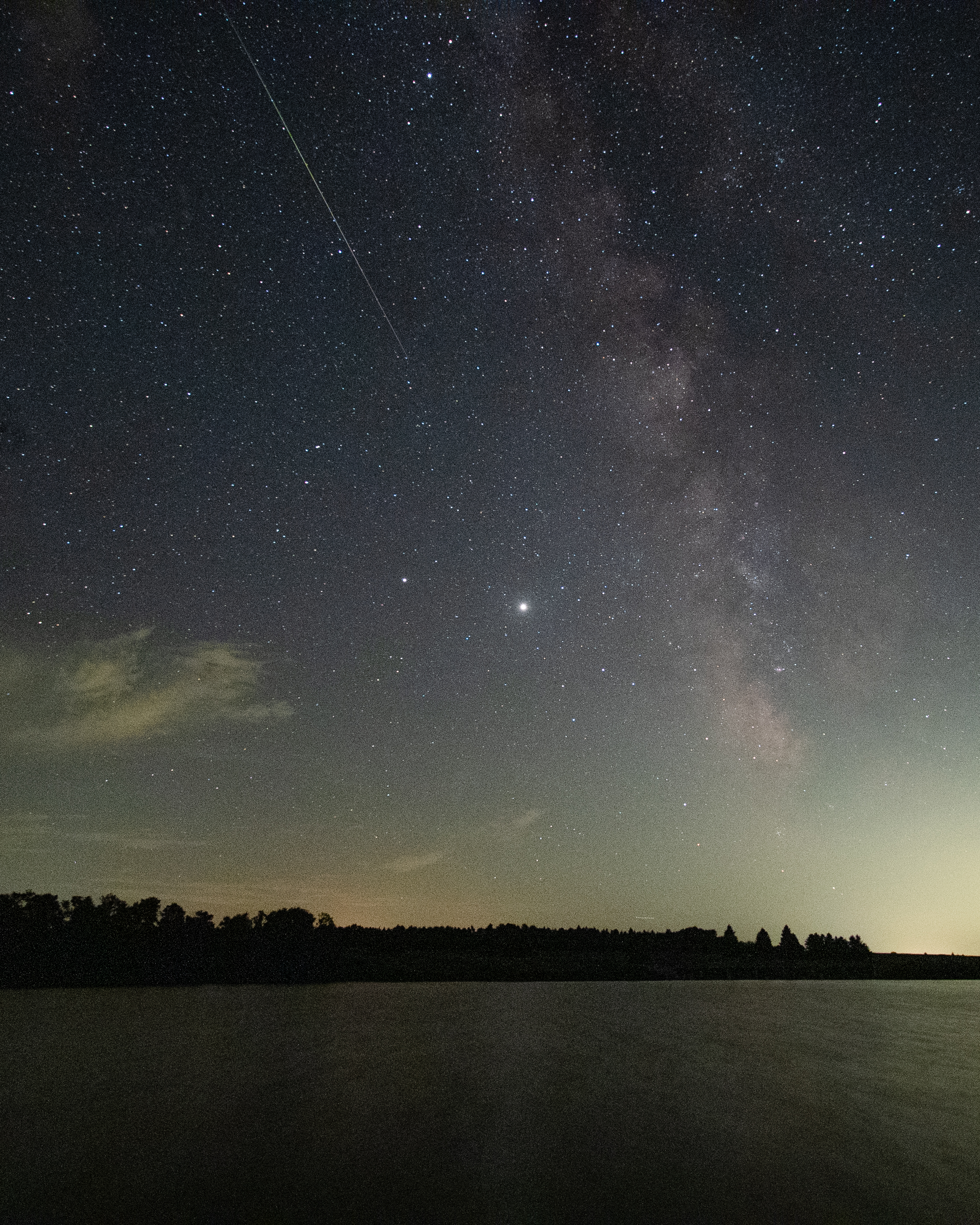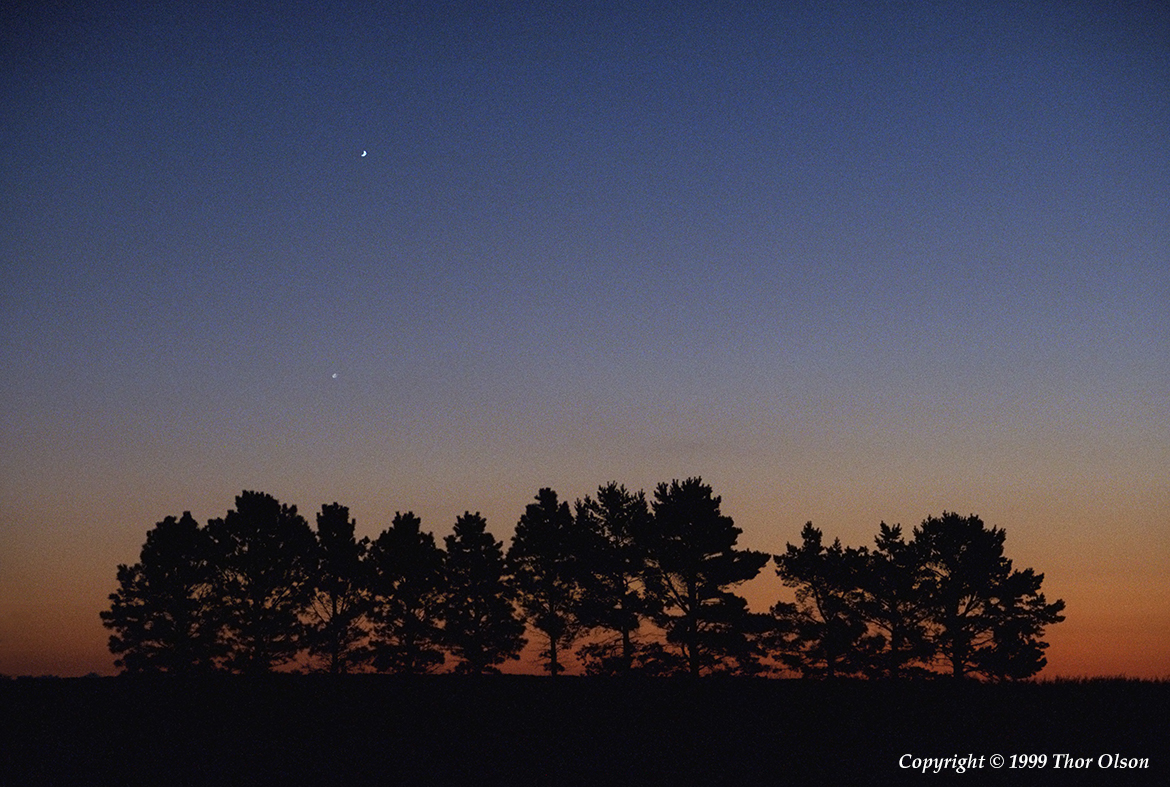I always had a mild interest in astronomy, and it became a strong interest in the 1990s, triggered by a homework assignment given to my ten-year-old son to go out at night and identify some constellations. I took him away from the city lights to a park where we could see the stars emerge from twilight. On that beautiful fall evening, we found the constellations he was looking for, and we also saw Jupiter, the brightest object in the sky. Through binoculars, we were surprised that we could see its moons. This caused me to wonder what else I might be able to see if I were to look a little closer.
Continue readingTag Archives: Jupiter
Watching for Perseids

Every year in August the Earth passes through a comet debris field, and when a grain of comet dust falls through the atmosphere it heats up and vaporizes, showing as a streak of light and sometimes leaving a glowing trail. We enjoy seeing them as “falling stars”.
This year, as part of our Covid-coping strategy, we were on a two-day camping trip to a state park during the meteor shower. It was a fortuitous coincidence, unexpectedly accompanied by clear weather. I set up some cameras hoping to capture the meteors, but they were elusive. As a consolation, I assembled the frames into a timelapse and although only a few frames caught meteors, they did capture some of the other beautiful elements of the night sky.
The brightest star is actually planet Jupiter, and it has a bright companion to the left, Saturn. The Milky Way is visible as it moves slowly across the sky with them. Some of the bright spots move more rapidly. The steady ones are satellites, the others are airplanes. Mid- and high level clouds form, move, and evaporate over the duration of the timelapse (3-1/2 hours).
A meteor itself is a momentary flash, leaving a faint streak on the image frame. A sharp-eyed observer may find some in the video, but it only shows as one frame among the 30 per second. One such frame has been extracted, showing a meteor strike seemingly aimed at Jupiter.
I have accidentally enjoyed the Perseids throughout my life, as I have often been on camping and backpacking trips in August. The night sky is awe-inspiring in any dark sky site and it is all the more so when accented by the long bright streamers created as we travel through comet dust.
Planet Rise

Central Minnesota, 11 July 99
E200 Ektachrome
The subtle details of the night sky fade away with the dawn, but the brightest remain: the planets Jupiter and Saturn rise above a windbreak on a prairie farm. The sky will brighten and they will eventually be lost (though if you know where to aim a telescope, they can be found again in broad daylight)!
On this occasion, the clear skies held through the night. The distant haze provided the right conditions to spread the long rays from the sun. It’s an unusual transition of colors from orange to blue, a combination not found in many other places in nature. The planets poke holes in the otherwise smooth shading.
